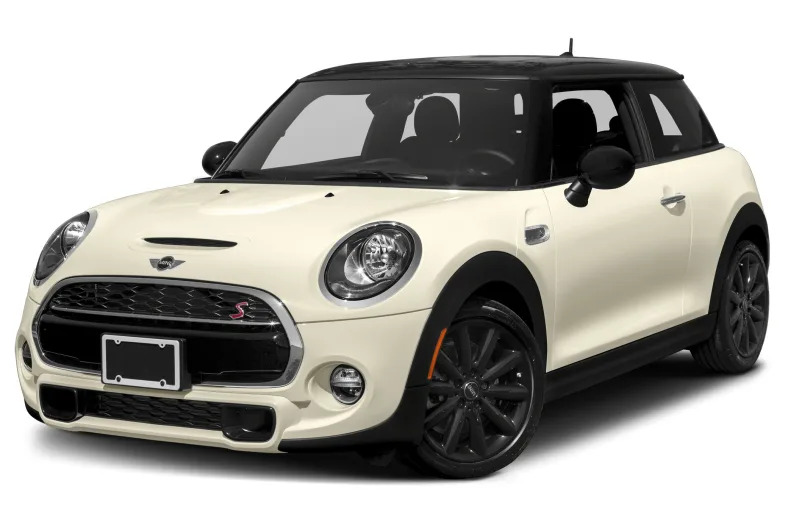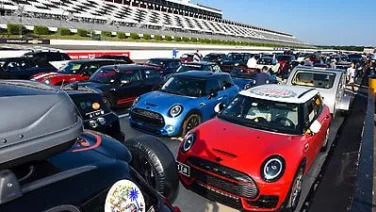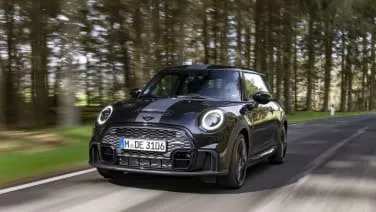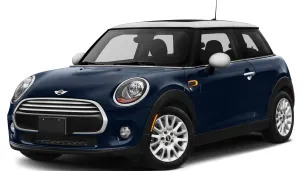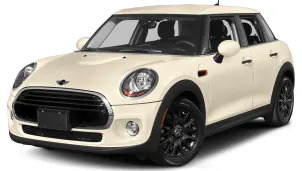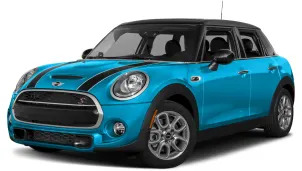Cooper S 2dr
2016 MINI Hardtop
The reborn MINI Cooper has been around for 14 years now, and the 2016 MINI Cooper is in the third year of its third generation, having been introduced for the 2014 model year. In case you haven't been keeping track, there are or soon will be 10 versions, including a Hardtop 2-Door (sometimes referred to as the hatch or three-door hatchback), Hardtop 4-Door (longer five-door hatchback), Clubman (rear barn doors), and Convertible. And that's not counting S and JCW versions separately. For 2016, the Coupe and Roadster models have been discontinued. The front-wheel-drive MINI has grown in size and changed …
Full Review
Full Review
The reborn MINI Cooper has been around for 14 years now, and the 2016 MINI Cooper is in the third year of its third generation, having been introduced for the 2014 model year. In case you haven't been keeping track, there are or soon will be 10 versions, including a Hardtop 2-Door (sometimes referred to as the hatch or three-door hatchback), Hardtop 4-Door (longer five-door hatchback), Clubman (rear barn doors), and Convertible. And that's not counting S and JCW versions separately. For 2016, the Coupe and Roadster models have been discontinued.
The front-wheel-drive MINI has grown in size and changed …
Hide Full Review
Retail Price
$24,100
MSRP / Window Sticker Price
| Engine | 2.0L I-4 |
| MPG | 23 City / 33 Hwy |
| Seating | 4 Passengers |
| Transmission | 6-spd man w/OD |
| Power | 189 @ 4700 rpm |
| Drivetrain | front-wheel |
Smart Buy Program is powered by 

